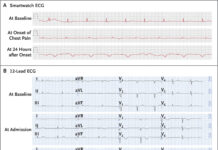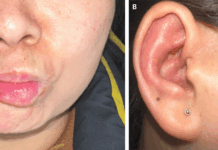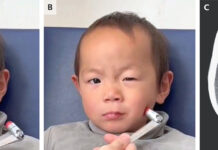55-year-old farmer sustained severe maxillofacial injuries after he was mauled by a bear while on a hunt for tame bovines.
A 55-year-old male farmer presented to the emergency department with maxillofacial injuries, after being attacked by a bear. The farmer was out on a hunt for tame wild bovines when he was mauled by the bear. The bear attacked his upper body, as a result of which, he sustained multiple soft tissue injuries on his face, scalp and arms.
Examination showed a scalp wound on the occipital region, measuring 10 cm x 12 cm. Moreover, the facial wound was approximately 15 cm long and extended from the right lateral forehead to the right mandibular angle, across the upper and lower eyelid and the bridge of the nose. The injury also involved the right orbital cavity. Whereas, the right orbit also appeared to be avulsed.
In addition to this, the patient sustained a facial nerve and maxillary nerve injury on the right side associated with loss of vision. Examination also showed multiple fractures of the facial bones.
The patient was operated on four days after the incident
The treatment plan included reduction and internal fixation with 1.5 mm titanium plates and screws. The zygoma was fractured into two fractured fragments from the maxilla, temporal and frontal bones. Two titanium screws were drilled into the fragments, to align the fragments into positions.
Soft tissue reconstruction of the upper and lower eyelids was done. In addition, to improve eyelid closure the ophthalmic surgeon placed traction sutures from the upper eyelid downward, postoperatively. Resorbable sutures were used to approximate the wound.
However, after two weeks of the procedure, postsurgical complication of the salivary fistula in the parotid region was noted. The patient was administered antisialologues and was observed closely for 2 weeks. Although, the patient had to undergo superficial parotidectomy under general anaesthesia because the result was not satisfactory.
The patient reported for a follow-up after a year. The facial nerve injury was notable during smiling and in the upper eyelid region. The patient showed a significant improvement from facial nerve paralysis after 8 months.
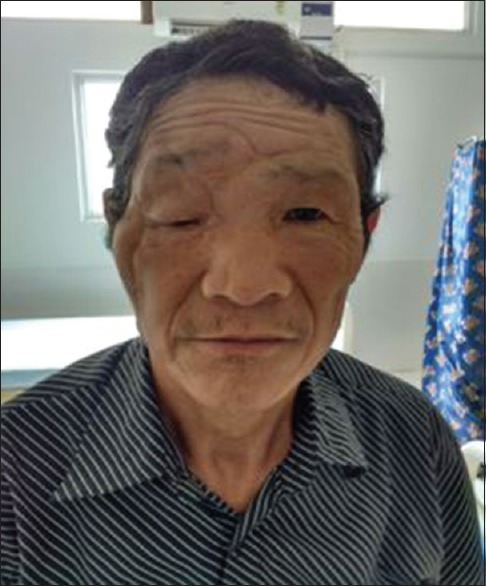
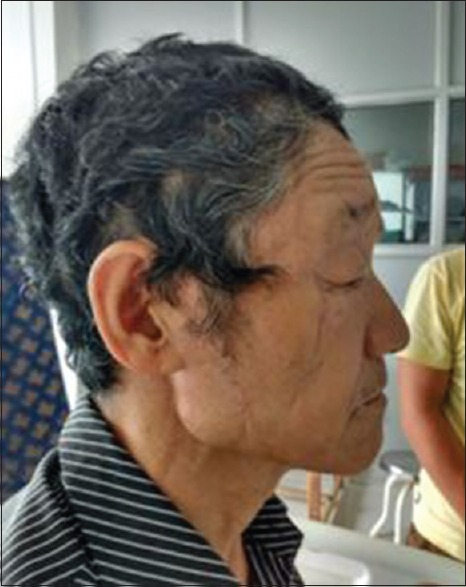
References
Management of maxillofacial injuries sustained after a bear attack https://www.amsjournal.com/article.asp?issn=2231-0746;year=2018;volume=8;issue=2;spage=369;epage=372;aulast=Nath


